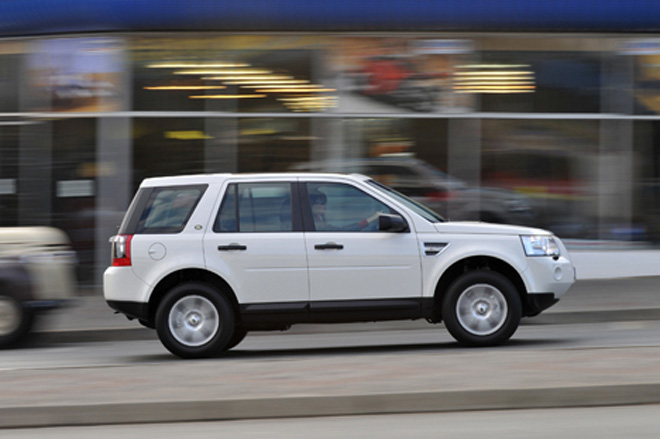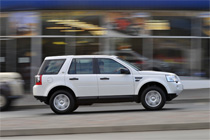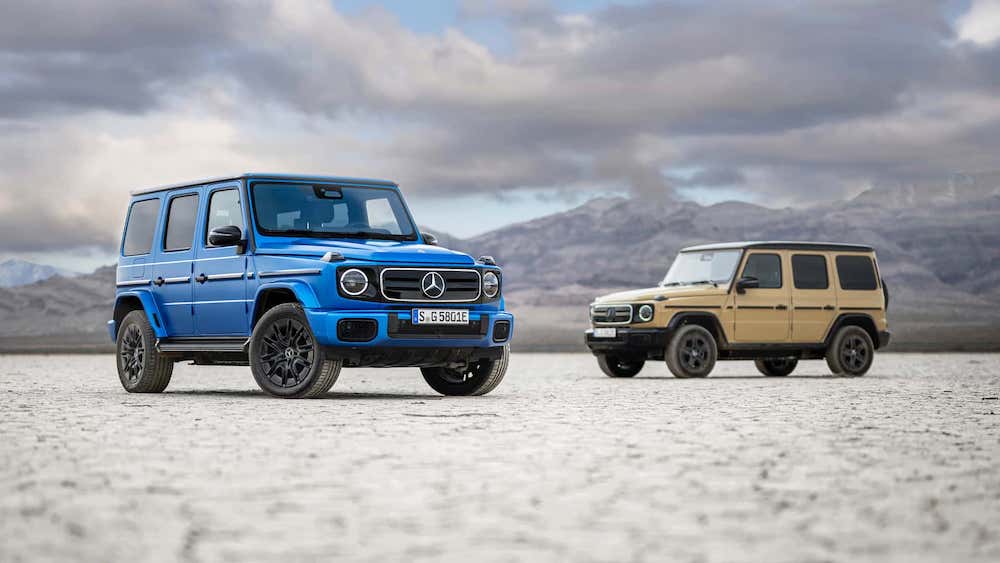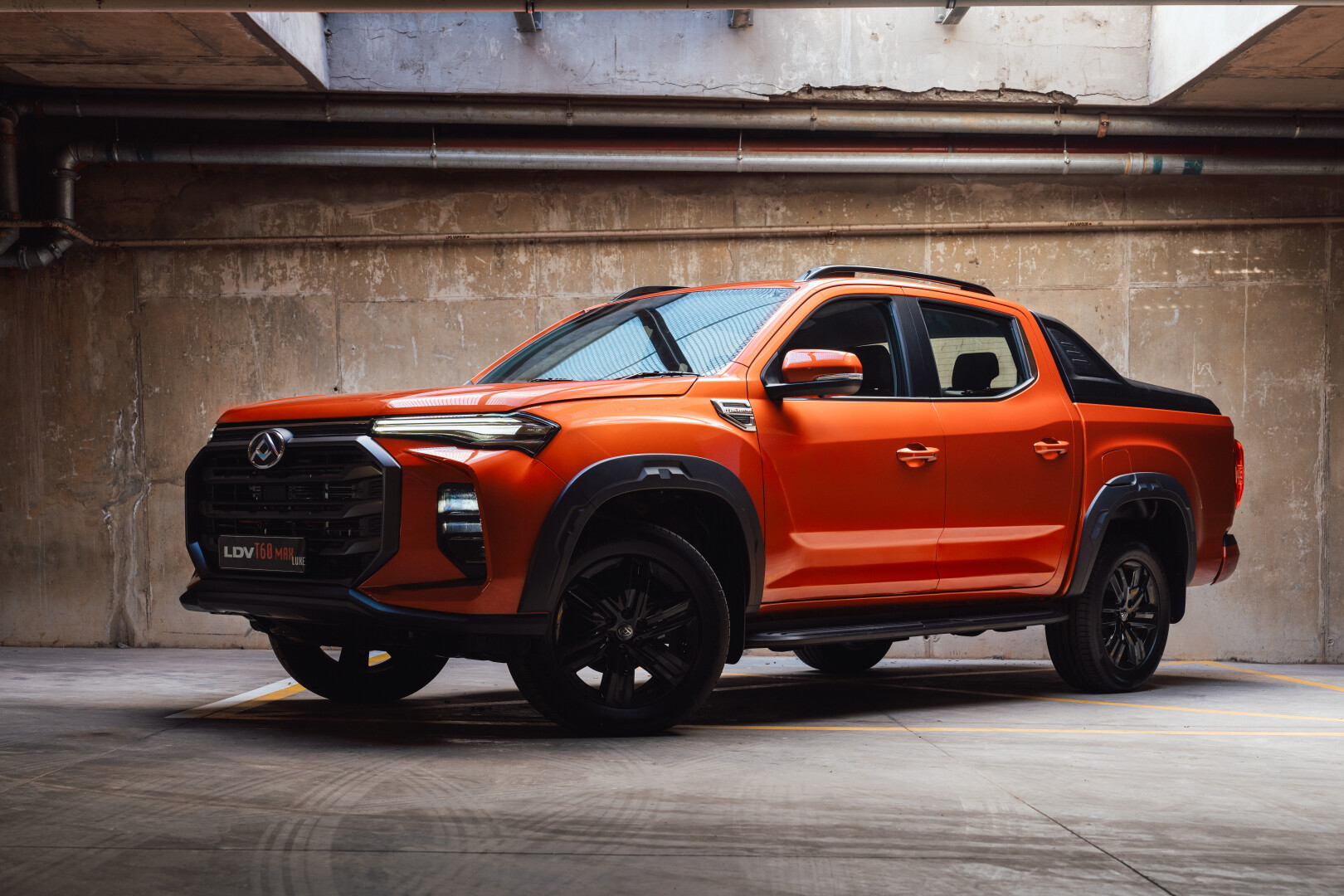The “e” on the end of the name could stand for any number of things, from “environment” to “economical” to “efficiency” to “emissions” to “eco”, but we have it on good authority that it means that it features e_Terrain, or environmentally-friendly, technology.
e_Terrain technology is aimed at reducing the environmental impact of Land Rovers, and will eventually result in a diesel-electric hybrid, quite possibly powering the upcoming LRX model. In the case of the Freelander the technology in question is an intelligent stop-start system aimed at lowering fuel consumption and emissions.
The Freelander 2 TD4_e combines the familiar 2,2-litre TD4 turbodiesel engine (actually a Peugeot/Citroen unit) and six-speed manual gearbox with an advanced stop-start system. Stop-start technology, in basic terms, reduces fuel consumption and emissions by shutting down the engine, when appropriate, as soon as the Freelander is brought to a stop.
This will typically occur at red traffic lights, in stop-start traffic, or at road construction sites, where the vehicle may be stationary for a significant period of time. In these conditions, start-stop technology means that there are zero tailpipe emissions while the vehicle is stationary.
At the same time, engine restart is instantaneous and consistently reliable, ensuring seamless and safe operation as soon as the accelerator is pressed. To keep the vehicle reliable, Land Rover engineers have beefed up certain components that will now take more strain, such as the starter motor, flywheel plate and battery.
When the system is in operation, like when your engine is not, a green “econ” will light up on the dashboard to make you aware of this. And, if you’re not feeling particularly like hugging a bunny that day, you can manually override the function at the press of a button. But, importantly, the engine won’t cut out when you’re in the middle of a technical bit of off-roading, because the stop-start function is automatically disengaged when hill descent control or terrain response is activated.
“The new Freelander 2 TD4_e is a key model for Land Rover,” says Andrew Daniel, managing director of Jaguar Land Rover South Africa. “It proves how sensible, user-friendly technologies can make a substantial contribution to more fuel-efficient, lower-emissions vehicles.”
Fuel efficiency has been improved significantly, if not substantially. Although, if you live in an area of heavy traffic, such as the whole of Gauteng, you could see a real difference in your fuel bill. Land Rover claims that in heavy traffic fuel consumption can be reduced by as much as 20%, and emissions down by about 8%.
In general use, the TD4_e is said to use about 8,5 litres of diesel for every 100 km travelled in city driving. In extra-urban conditions, that figure drops to an impressively low 5,7 litres/100 km, while the combined cycle fuel consumption figure comes to 6,7 litres/100 km.
The Freelander 2 TD4_e is only available on the turbodiesel model, and only with the manual gearbox and in the “S” trim level, which is the least opulent of the range. The recommended retail price is R377 500, which includes a three-year/100 000km Land Rover Car Plan maintenance plan.









